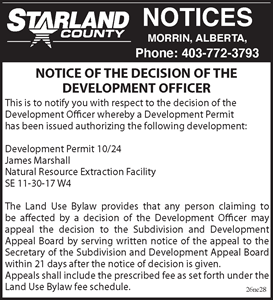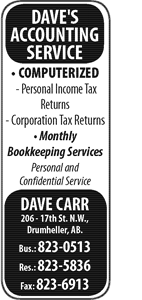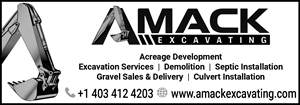
Dear Working Wise:
I read your article on job fair tips for job seekers and I’m wondering if you have any tips for employers? I attend quite a few job fairs and I’ve noticed some employers making mistakes. Do you have any pointers for them? Signed, Veteran
Dear Veteran:
Job fairs are a great way for employers to pre-screen applicants and grab the attention of job seekers who might otherwise pass over your recruitment ads.
Don’t just collect resumes at your next job fair—use this unique face-to-face meeting opportunity to ask questions, get to know the applicants’ personalities, and create a short-list of your favorites.
Here are some tips to make the most of your next job fair:
· Staff your booth with outgoing, enthusiastic and helpful people.
· Stand up, move your table to the side and make your booth welcoming to job seekers.
· Make the first move—smile, make eye contact with job seekers, welcome them into your booth, and ask them if they are interested in learning more about your company and job opportunities.
· Wear a nametag and prepare a 15-second introduction explaining your company, industry and the types of positions and people you are looking for.
· Attract visitors to your booth with a professional-looking display, interactive demonstration, interesting promo give-a-ways, and/or short video.
· Bring lots of business cards and have a list of available positions handy.
· Be sure you have enough staff to avoid long lineups of job seekers and give your booth staff some much-needed breaks throughout the day.
· Be courteous of other employers, including volume levels on your audio-visual equipment.
· Label and secure laptops and other valuable equipment so you can focus your attention on the job seekers.
· Wear comfortable shoes and take a short break every hour to relieve sore feet and backs. Bring a rubber mat if you are standing on concrete all day.
· Take a tour around to other booths and borrow ideas you like for next time.
· Don’t eat in your booth, leave your booth empty, or sit behind your table with your arms crossed and your eyes down.
The people in your booth make the biggest difference. Booth staff should be friendly ambassadors for your company who enjoy meeting new people. They should also be properly trained to answer job-seeker questions.
Staff working in your booth should be prepared to answer questions, including:
· What positions are available and what do those people do?
· What are the working conditions, hours and compensation?
· What qualifications do I need for that position?
· Do you have any entry-level positions available?
· Will you provide training or support my training for this position?
· How would you describe your corporate culture?
· What do you like about your job / company?
· What sets your company apart from other employers?
· What is the hiring outlook in this field?
· What is the growth outlook for your company?
Want to put these tips to the test? You can find out about upcoming job fairs in your community at http://employment.alberta.ca/jobfairs
Good luck!
Do you have a work-related question? Send your questions to Working Wise, at charles.strachey@gov.ab.ca. Charles Strachey is a regional manager with Alberta Employment and Immigration. This column is provided for general information.





























